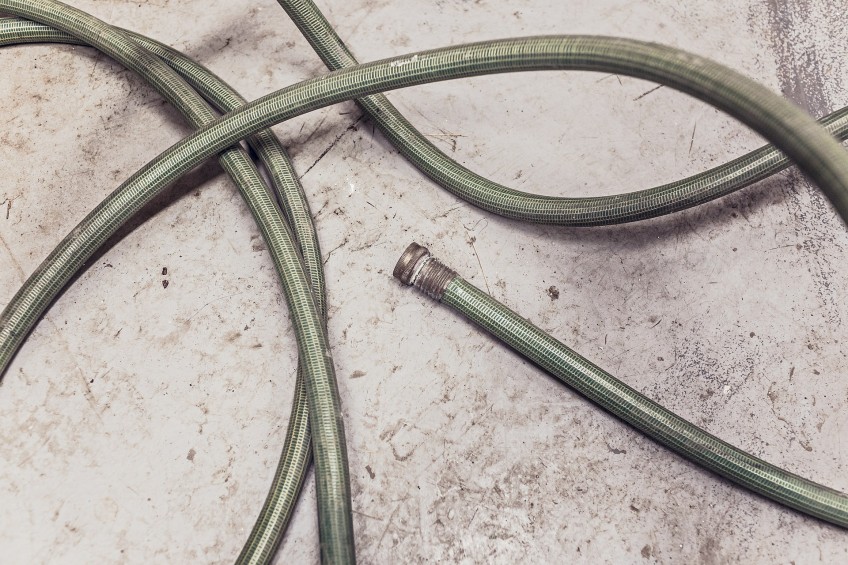Introduction
Tankless water heaters are efficient and effective, but they require maintenance to ensure they do not build up scale. Flushing your tankless heater is a simple task, but it does take 1-2 hours to complete. For most water quality, completing this task once a year will suffice, but if you have especially hard water you may want to complete more often.
Step by step
Tankless hot water heaters are a great invention and are not only more efficient than their tank based counterpart, but also provide unlimited hot water for the users. Just like tank hot water heaters, tankless hot water heaters need to be flushed annually to ensure maximum life. Failure to flush your tankless hot water heater will lead to buildup of scale, which are hard mineral deposits, inside the unit. This corrodes the water heater’s interior system and can also flush downstream and stop up valves and aerators in your home. A simple annual maintenance goes a long way toward avoiding long-term problems!
The process for flushing a tankless water heater is different than a tank heater so let’s check a few things before you get started. First, make sure you have flush valves installed, if not, you’ll need to have a plumber install them before you can proceed. Also make sure you have a submersible pump, 5-gallon bucket, a set of washer/dryer hoses, and 3 gallons of standard white vinegar. Let’s get started!
Below is a video from Matt Risinger showing how to complete this process. Be sure to subscribe to Matt's YouTube Channel for more information on building science and fine craftsmanship.
Prep Unit
- Check for Flush Valves
Make sure your unit has a set of flush valves. These will look similar to a hose bib and have screw on caps. If you don’t have these, you’ll need to get them installed before proceeding. We recommend you hire a professional plumber for this task. - Turn off the Gas or Electric
Turn off the gas supply to the unit using the inline valve. If you have an electric unit, use the disconnect or breaker. - Turn off the Water & Open the Flush Valves
Turn off the cold and hot water valves entering and leaving the unit. Then remove the caps and open the flush valves. - Clean the Filter
Clean the inline filter, if applicable. This will be located above the cold-water intake. Clean the removable filter by swishing it around in some vinegar, then water, and then reinstall.
Flush System - Prepare the Vinegar, Submerge the Pump & Connect the Hoses
Pour 3 gallons of standard white vinegar into your 5-gallon bucket. Submerge your pump and connect the hoses from the pump to the flush valves. Be sure to only run your pump when it is submerged or it may overheat. - Run the Pump for 90 Minutes
Turn the pump on and let the vinegar circulate through for 90 minutes. The slight acidity of the vinegar is what breaks down the scale on the interior. - Turn off the Pump & Disconnect the Hoses
After 90 minutes, turn the pump off and disconnect the hoses. Cover the flush valve covers and close the flush valves. - Double Check the Filter
Check the filter once again to make sure it is clear. - Turn the Water & Gas or Electric back on
Open the cold and hot water valves. Open the gas valve or turn the electric back on. Gas tankless hot water heaters do not have a pilot light so you shouldn't have to worry about reigniting anything. - Mark Complete
You’re done and have plenty of hot water available from your clean and clear heater for another year. Don't forget to mark this task complete on your dashboard!




